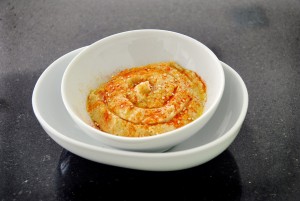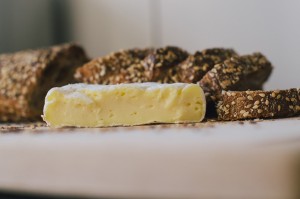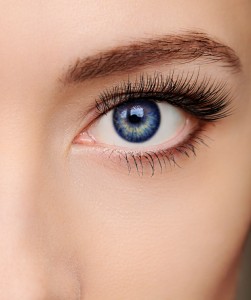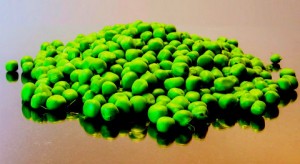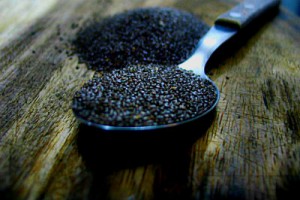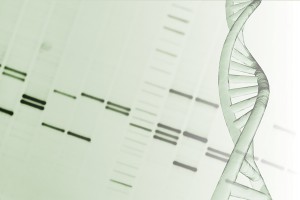Vitamix Recipes
Healthy snack recipe inspiration needed? Look no further! We’re in season — bikini season, bikini body, healthy body ready all year round. HERE’S THE REAL STORY: consuming nutrient rich snack foods doesn’t always rely on Vitamix recipes.
Nutribullet recipes make things like healthy smoothies and raw food recipes easy. So a vitamix blender and a nutribullet are handy. But here’s the best part!…
They’re not for everyone.
Susannah, nutrition expert, shares some lesser known nutritious and delicious foods to eat. better still, you can eat healthy on the go. Nutrient dense foods fill you and keep blood sugar levels stable in between meals.
Healthy Snacks
Activated nuts – how? Why should we eat activated nuts? If we’ve got unsalted nuts, they can be great to top up on good fats and minerals like zinc. Zinc is an amazing blood sugar stabiliser. It’s really hard to get zinc in our day-to-day modern lifestyle and diets. Selenium, magnesium and calcium, antioxidants and gluten free and wheat free fiber or fibre.
We can activate our own nuts…
Why does this matter — here’s the deal:
Healthy Snack Recipes
Why would we activate nuts if they’re so nutritious? Nuts are healthy. Healthy snack recipes made with nuts are numerous! So let’s start with this awesome improvement on the nut ingredient itself. Nuts can contain phytic acid, enzyme inhibitors. Enzyme inhibitors act by binding to enzymes and decrease and/or block their actions. The enzyme inhibitors are beneficial to nuts, as they prevent the nuts from prematurely sprouting. However these same enzyme inhibitors also act on our body’s digestive enzymes, preventing proper digestion and absorption of all the nutty goodness of nuts.
Activated Seeds
Seeds also contain small amount of phytic acid, which our digestive system is also unable to break down. Eating large amounts of raw nuts or raw seeds can therefore sometimes lead to feeling ‘heavy’ or with a discomforting fullness, even nausea.
Recipe to Activate Nuts
OK, so it’s not a recipe as such. But here are the steps to follow to activate half a cup of nuts.
Dissolve half a teaspoon of salt in enough water to cover the amount of nuts or seeds activating. For seeds add another half teaspoon of salt.
In a large bowl place the nut or seed of choice for activating and cover this with the salt water solution.
Soak for the required 6-7 hours.
Strain and rinse the nuts and seeds
Spread over a dehydrator rack, or baking tray.
Dry the nuts in the dehydrator for around 6-12 hours. 4-8 hours for seeds.
If drying in the oven, set the oven at the lowest temperature possible, preferably no more than 65C. Stir or turn them occasionally, for the required drying time.
The nuts and seeds should be crunchy. they should be tasty and now they’re bio-available nuts and seeds.
Healthy hummus recipe
Blend in Nutribullet or Vitamix blender the following. Serve with crudites of choice.
Chickpeas softened with Pinch Himalayan sea salt
Small section crushed garlic clove (optional)
Two Tablespoon Olive oil or Rapeseed oil
Juice of Half lemon, 2 capfuls apple cider vinegar
Sumac and Cumin to taste – Refrigerate
Healthy Smoothie recipe
Blend in Nutribullet or Vitamix blender the following.
One small cup coconut yoghurt or regular full fat plan unsweetened yoghurt
Add handful of berries of choice
Add coconut water
Add chopped peeled small cucumber
Add tablepoon maple syrup
Add half small ripe avocado — see * how to ripen avocados
Blend and enjoy.
How to Ripen Avocados
Place in a fruit bowl as fruit ripens efficiently next to other fruit.

